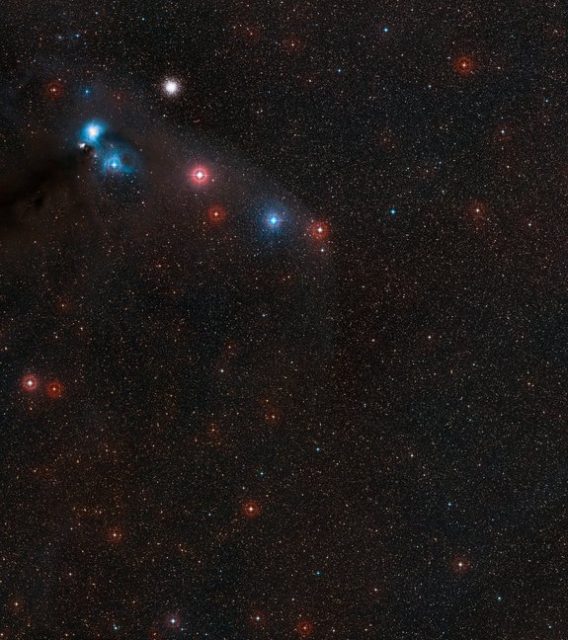MI weekly selection #209

Vacuum birefringence may have been observed in neutron star
A neutron star seen with the European Southern Observatory’s Very Large Telescope may have given scientists the first look at a quantum effect predicted back in 1930 but never observed before. “The high linear polarization that we measured with the VLT can’t be easily explained by our models unless the vacuum birefringence effects predicted by QED are included,” said Roberto Mignani, lead author of the study.
Tree climbing made human ancestor’s bones strong
Lucy, the 3.18-million-year-old fossil specimen of Australopithecus afarensis, was an avid tree climber, according to a new analysis of her bones. Researchers created 3D digital models of her leg and arm bones to determine her bone strength and compared it to that of chimpanzees and modern humans, finding that her bones were more like those of chimps.
Fossils show evidence of some of the oldest known organisms
Researchers have found 2.52-billion-year-old fossils in South Africa that show evidence of sulphur bacteria before oxygen became abundant. The bacteria are larger than today’s and represent the oldest known organisms that lived in deep water.
25M-year-old fossil may help explain how baleen whales became toothless
The question of how the toothed ancestors of baleen whales transitioned to the toothless suction style of feeding the creatures use today may be answered with the help of a 25-million-year-old whale fossil. The fossil’s teeth show a kind of wear associated with rapid retraction, a kind of suction similar to drinking something from a straw.
Glowing stem cells now available to researchers
The Allen Institute for Cell Science is releasing five lines of skin-derived stem cells whose internal structures are genetically modified to glow for use by researchers. The lines are being made available through the Coriell Institute for Medical Research.